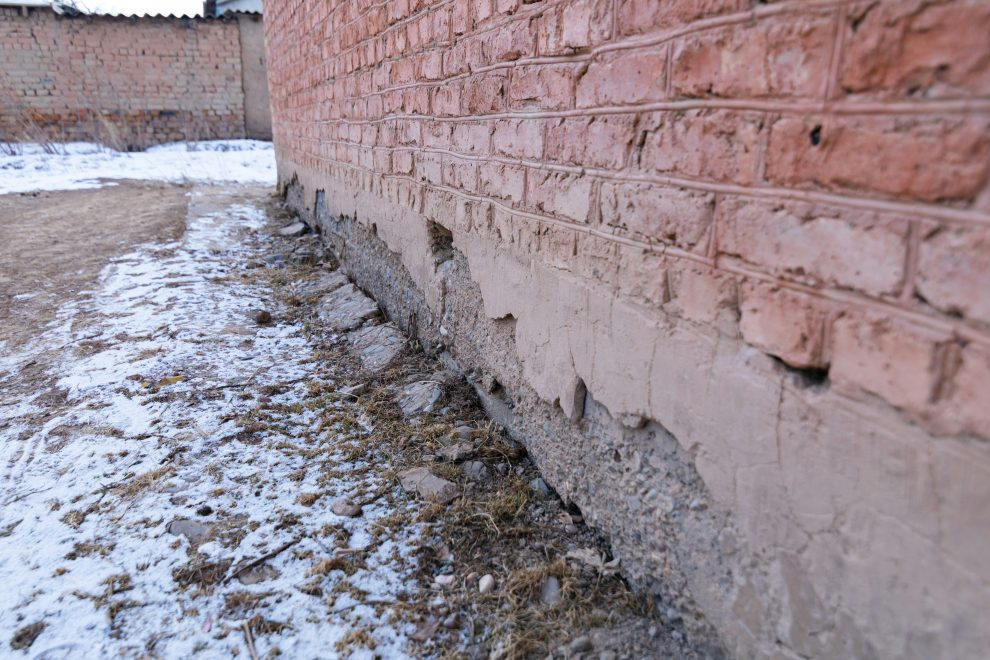Water damage continues to be one of the most frequent and expensive causes of property loss for both commercial and residential real estate. A study by The Hartford found that water damage is the second most common insurance claim filed by small to mid-sized businesses, with an average claim cost of $17,000. For larger commercial properties, the cost of remediation, repairs and downtime can be significantly higher, especially when business operations or tenant occupancy is disrupted.
Beyond repair expenses, water damage can result in additional liabilities — from mold issues and structural weakening to lost rental income and reputational damage. Given the rising costs of materials and labor and increased risk due to extreme weather events, the need for a proactive approach has never been greater.
Implementing a formal water damage mitigation program can significantly reduce your exposure, improve response times and limit the severity of loss in the event of a water-related incident.
Common Sources of Water Damage
Understanding where water damage originates is key to preventing it. Damage can be caused by both external and internal sources. External sources include heavy rain and snowmelt, flooding and coastal storm surges, groundwater seepage, broken municipal water mains and HVAC system malfunctions or roof drain backups.
However, most commercial claims stem from internal issues such as burst or leaking pipes; sewer backups and clogged drains, malfunctioning appliances (e.g., dishwashers, refrigerators, coffee machines); overflowing fixtures such as sinks and toilets or corroded or aged plumbing infrastructure.
In colder climates, frozen pipes during the winter can rupture and cause extensive damage in a matter of just minutes.
Key Elements of an Eff ective Mitigation Plan
To minimize water-related risks, real estate owners and managers should adopt a structured and property-specific water damage mitigation program. A comprehensive plan should include the following elements:
1. Designate emergency response personnel. Identify and train key on-site staff responsible for initiating emergency procedures during a water event. These individuals should know how to locate and shut off water sources, contact emergency services and begin damage mitigation steps.
2. Assign a program leader. Appoint a member of senior management as the program’s lead or “process owner.” This person is accountable for maintaining the plan, ensuring training is up to date and supporting designated staff throughout implementation.
3. Identify buildings and customize plans. Each building within a portfolio should be individually assessed and included in the program. Site-specific differences such as plumbing systems, critical infrastructure and tenant use must be considered when developing procedures.
4. Use water detection and monitoring tools. Consider installing water detection sensors in high- risk areas such as mechanical rooms, kitchens or near HVAC systems. Smart leak detectors paired with automatic shut-off valves can help identify and stop leaks before significant damage occurs.
5. Label and test shutoff valves. All water shut-off valves should be clearly labeled and mapped, including those hidden in ceilings or maintenance closets. Valve locations should be documented with photos and floor plans. Valves should also be regularly tested to ensure functionality.
6. Identify and protect critical areas. Create a list of rooms and spaces with essential equipment or operations that are highly sensitive to water damage, such as data centers, electrical rooms or tenant server spaces. Consider additional safeguards like raised flooring, water barriers or containment trays.
7. Establish clear communication protocols. A streamlined communication plan is vital. Roles and responsibilities should be clearly defined, including who notifies the insurance provider, building occupants and restoration vendors. Quick communication minimizes response time and accelerates damage control.
The majority of water damage incidents are preventable. Proactive strategies can make a measurable difference in both loss prevention and claim resolution. Having a mitigation plan not only reduces physical and financial loss but can also positively impact your insurance coverage. Insurers often view well- documented risk management efforts favorably, potentially leading to lower premiums or broader coverage terms.
Moreover, working with a knowledgeable insurance advisor ensures that your policy aligns with your risks. For example, some standard property insurance policies exclude certain water-related events unless specifically endorsed.
A broker can help you evaluate these gaps and recommend personalized coverages such as flood insurance, equipment breakdown or business interruption protection.
Water damage poses a serious and increasing threat to property owners and managers — but it’s also one of the most controllable risks. By investing in a customized water damage mitigation program, you can protect your buildings, safeguard tenants and preserve your bottom line.
Don’t wait for a costly loss to uncover vulnerabilities. Collaborate with an insurance advisor on a mitigation plan tailored to your buildings and risk profile. The investment in prevention today can save you tens — or even hundreds — of thousands tomorrow.
Frank DeLucia
Executive Vice President
Hub International Northeast
frank.delucia@hubinternational.com
(212)338-2395





















